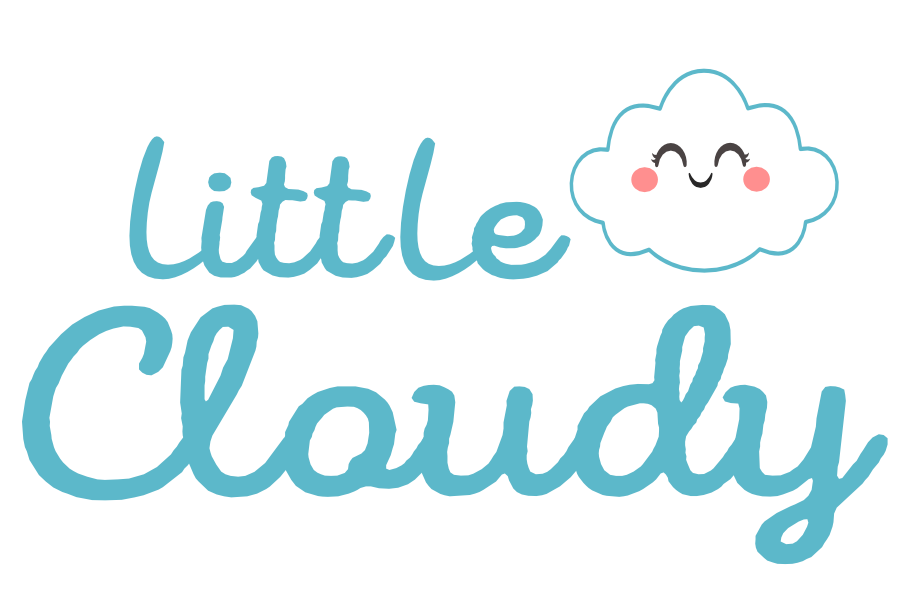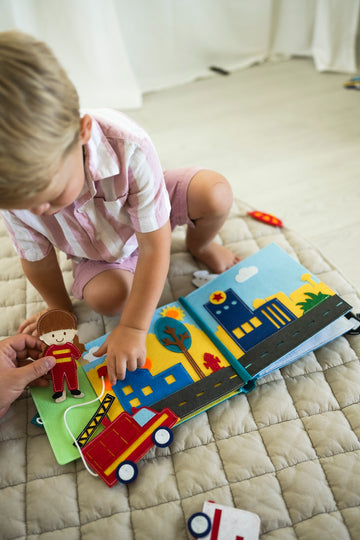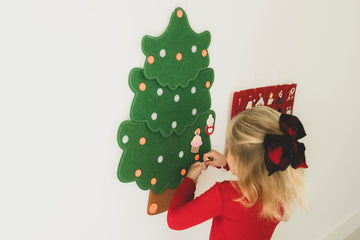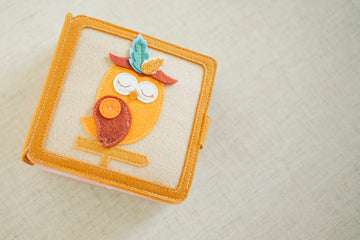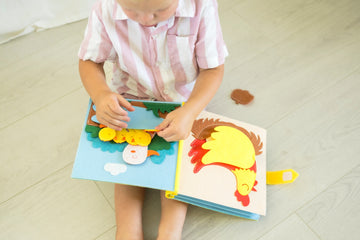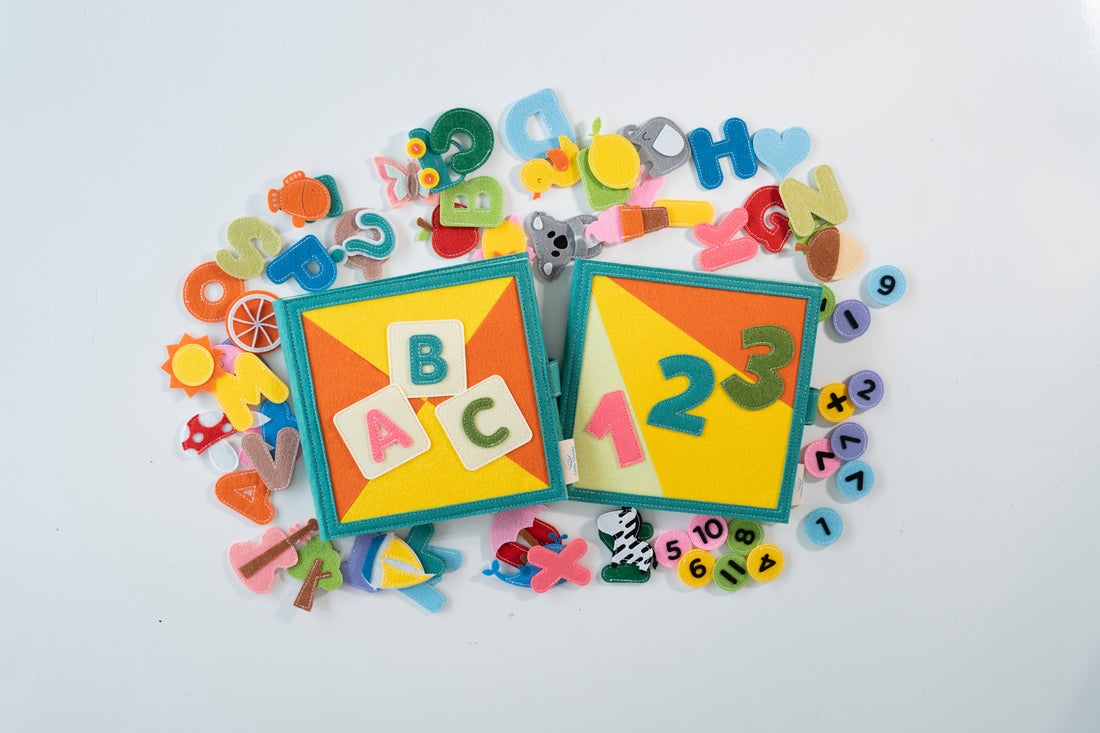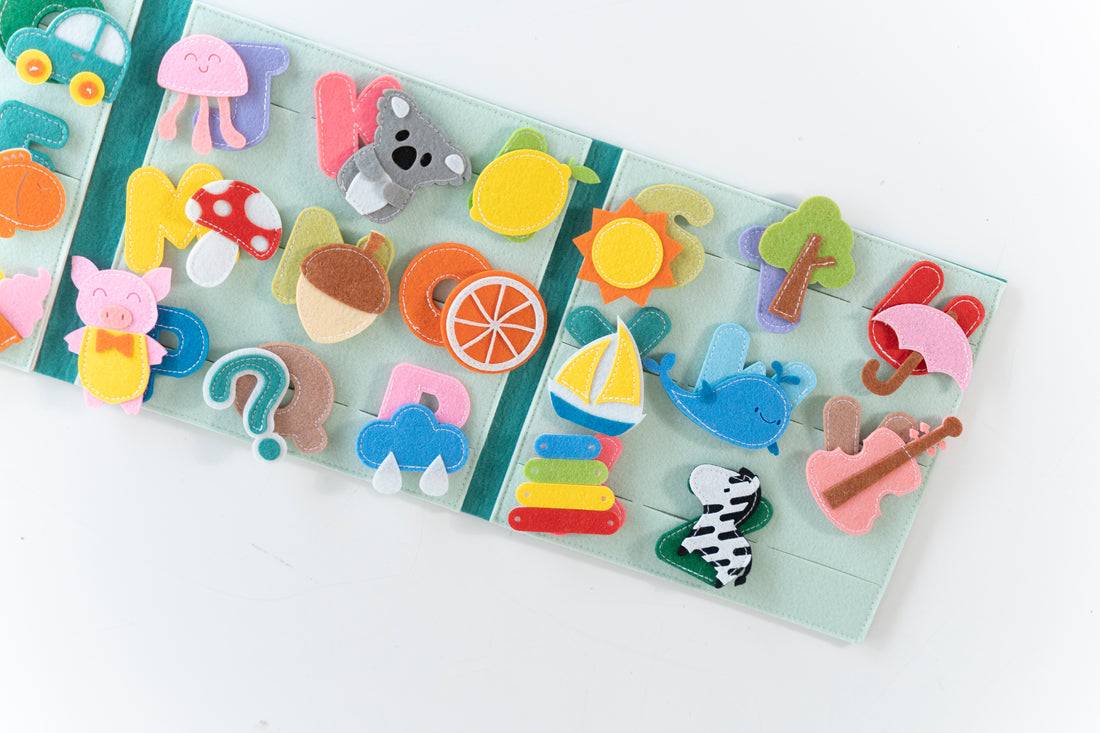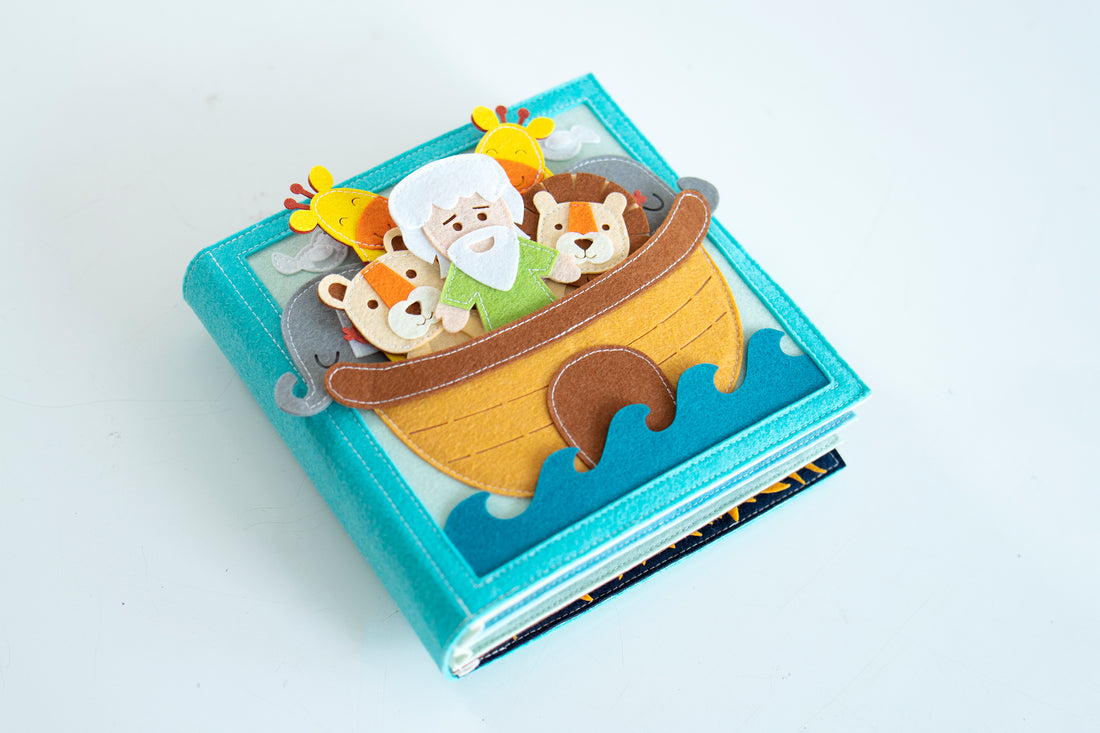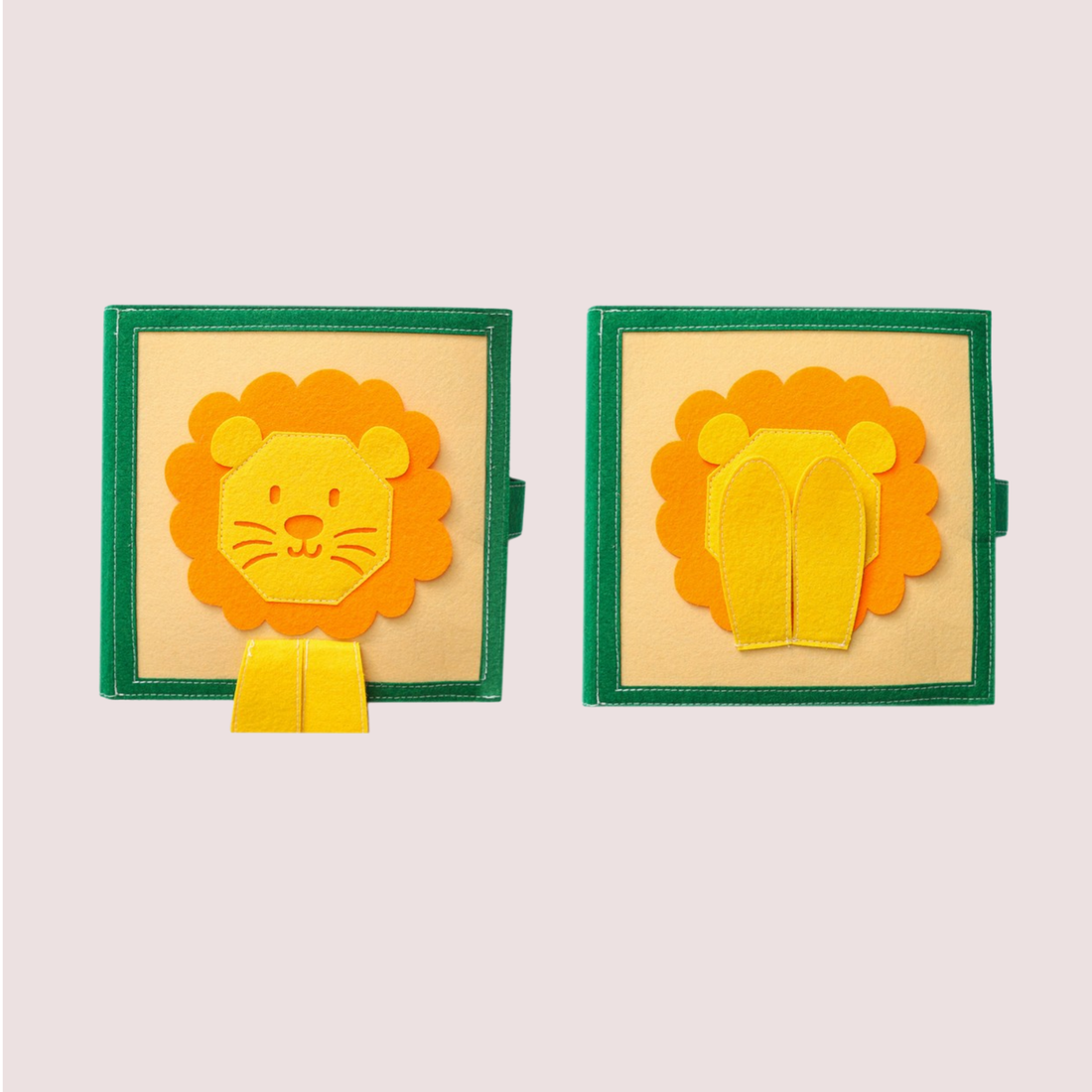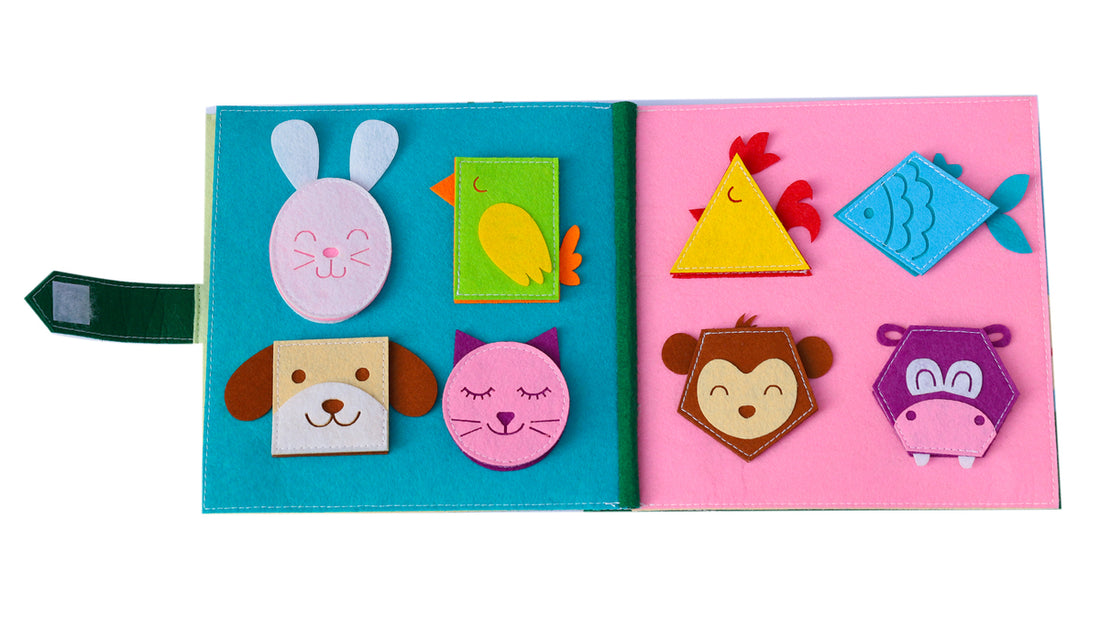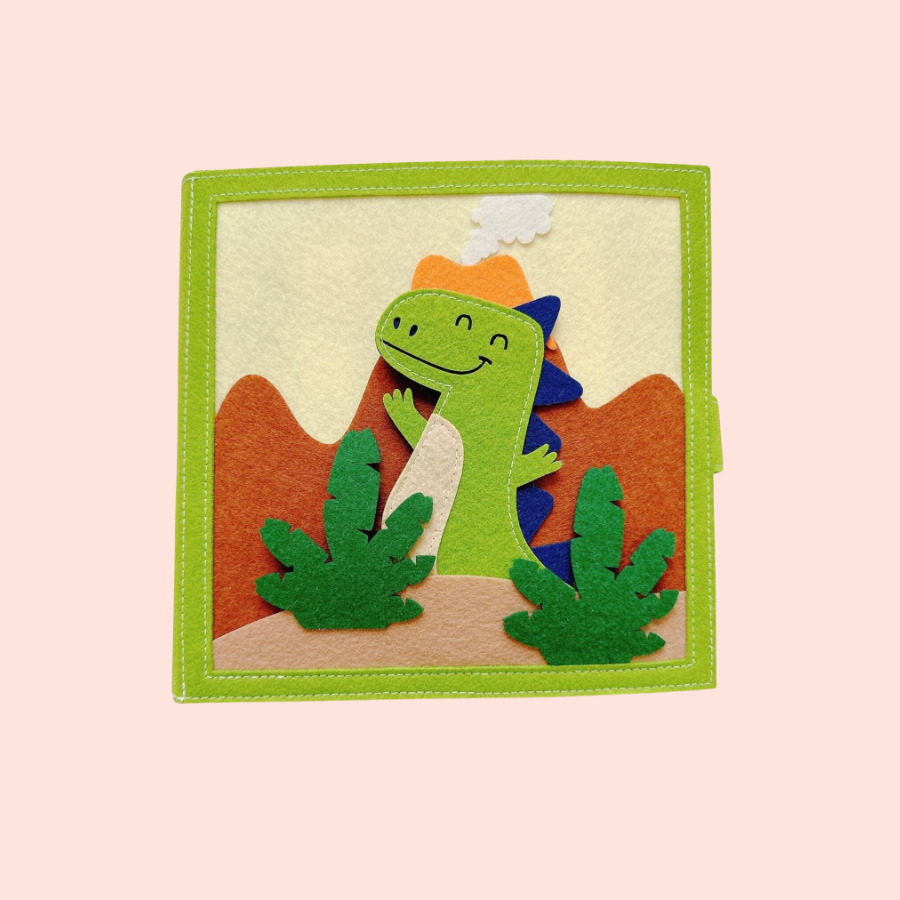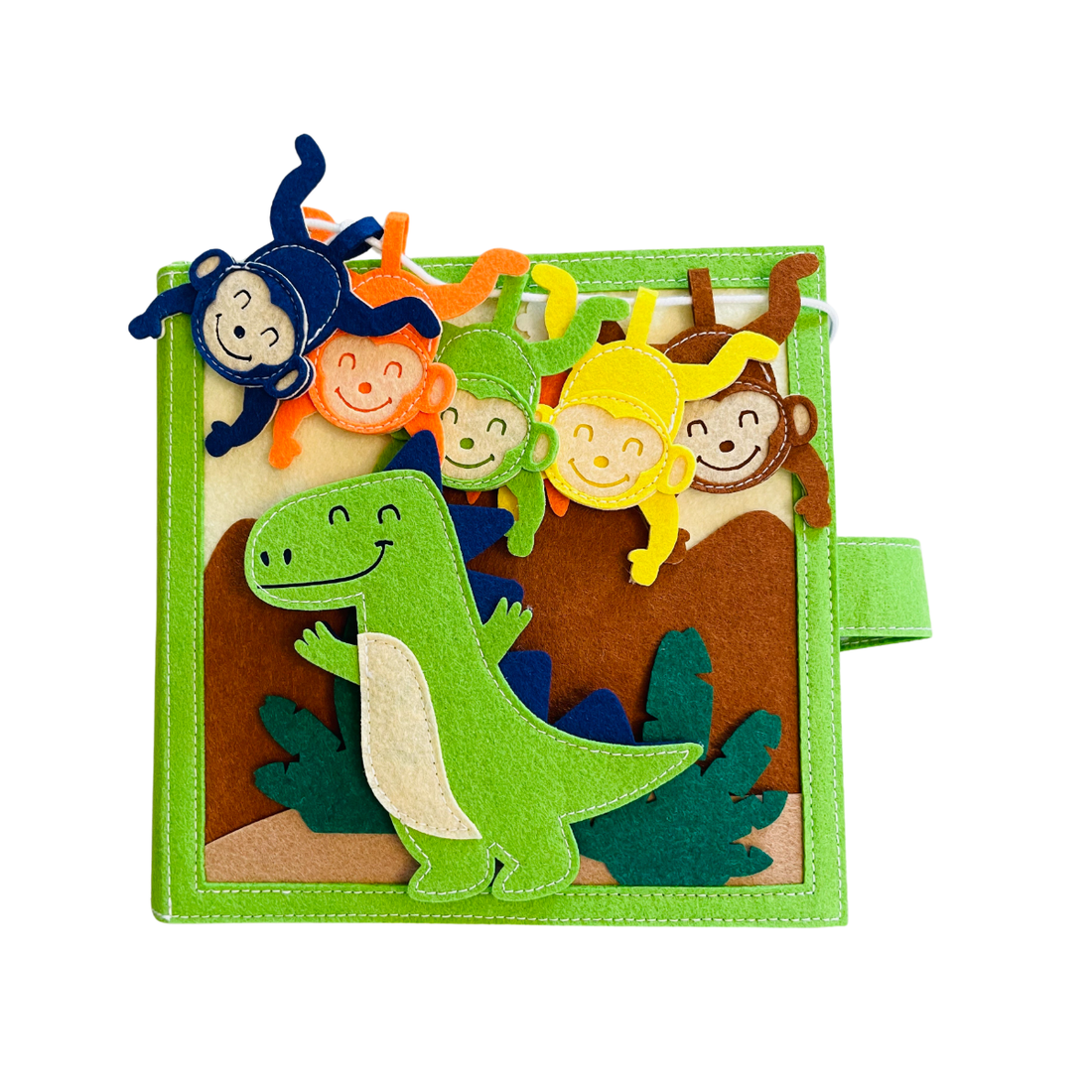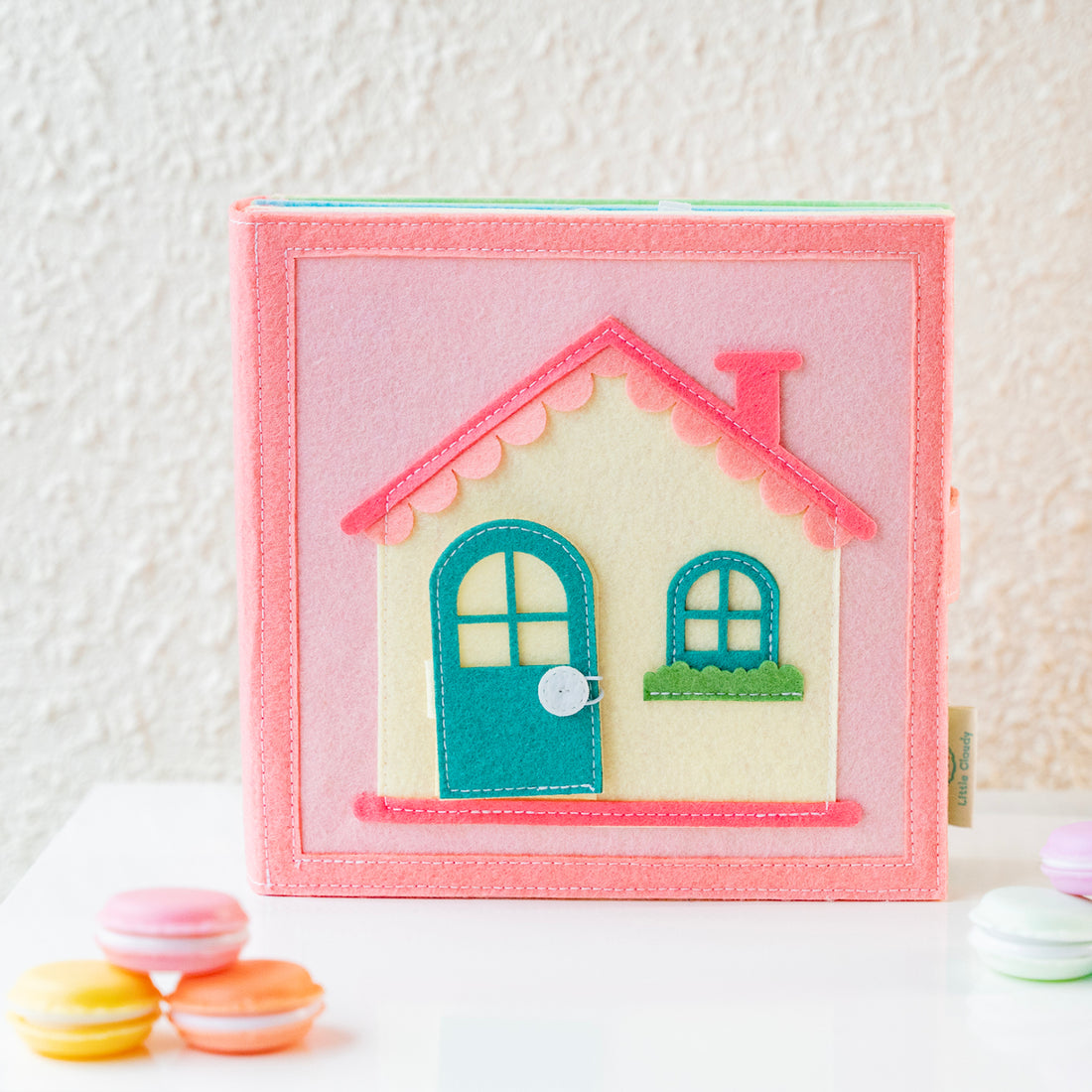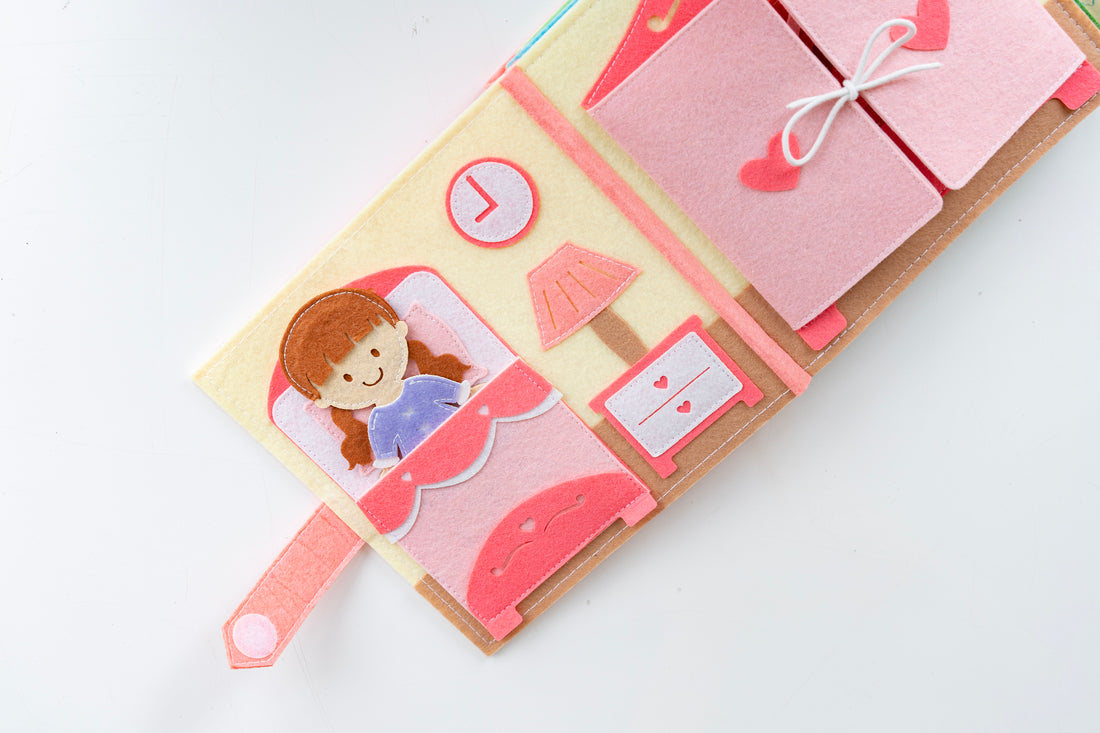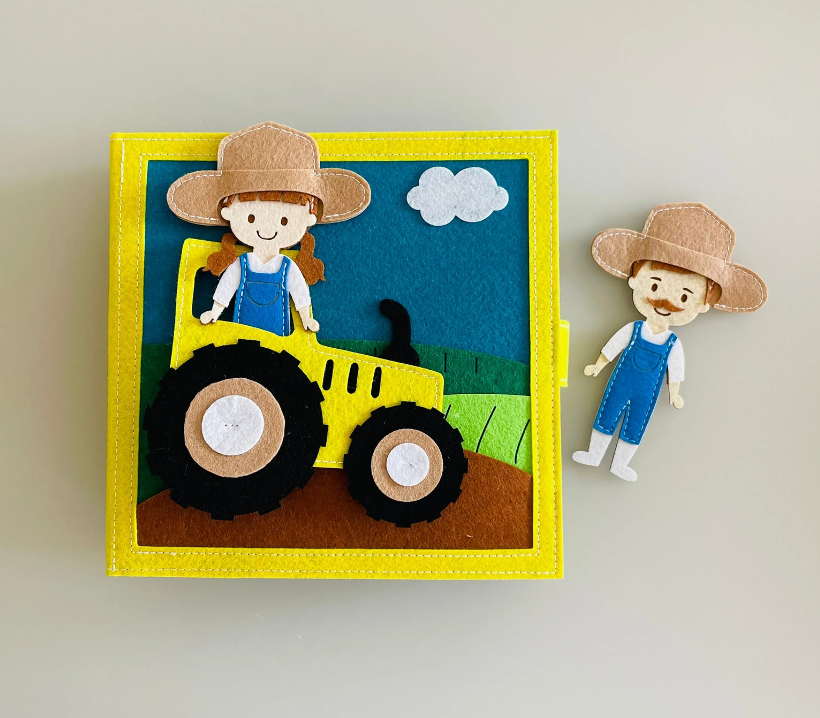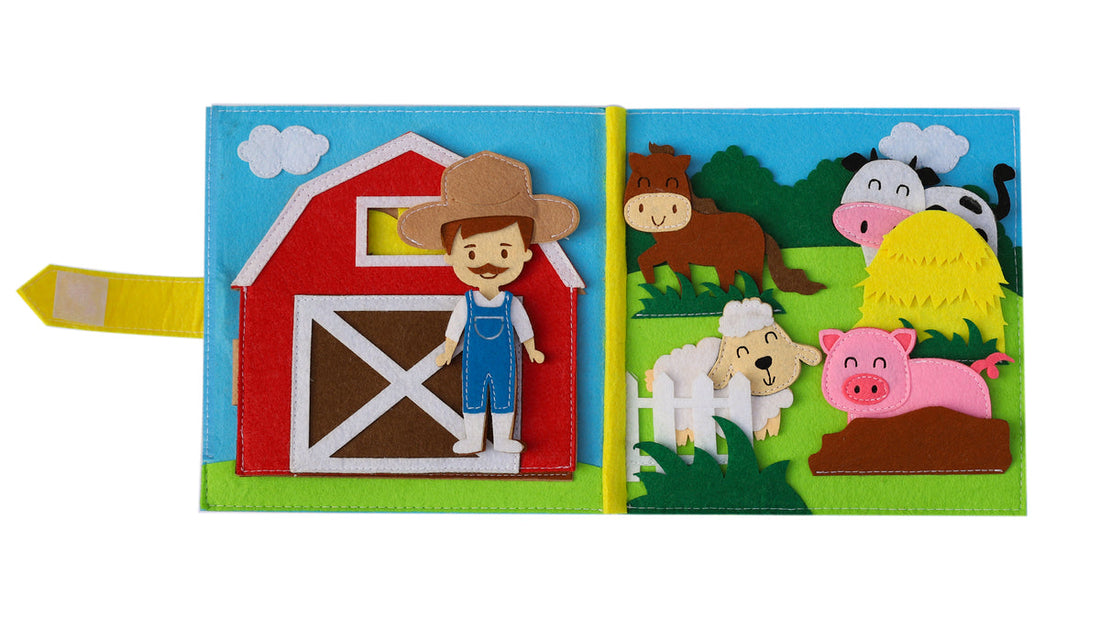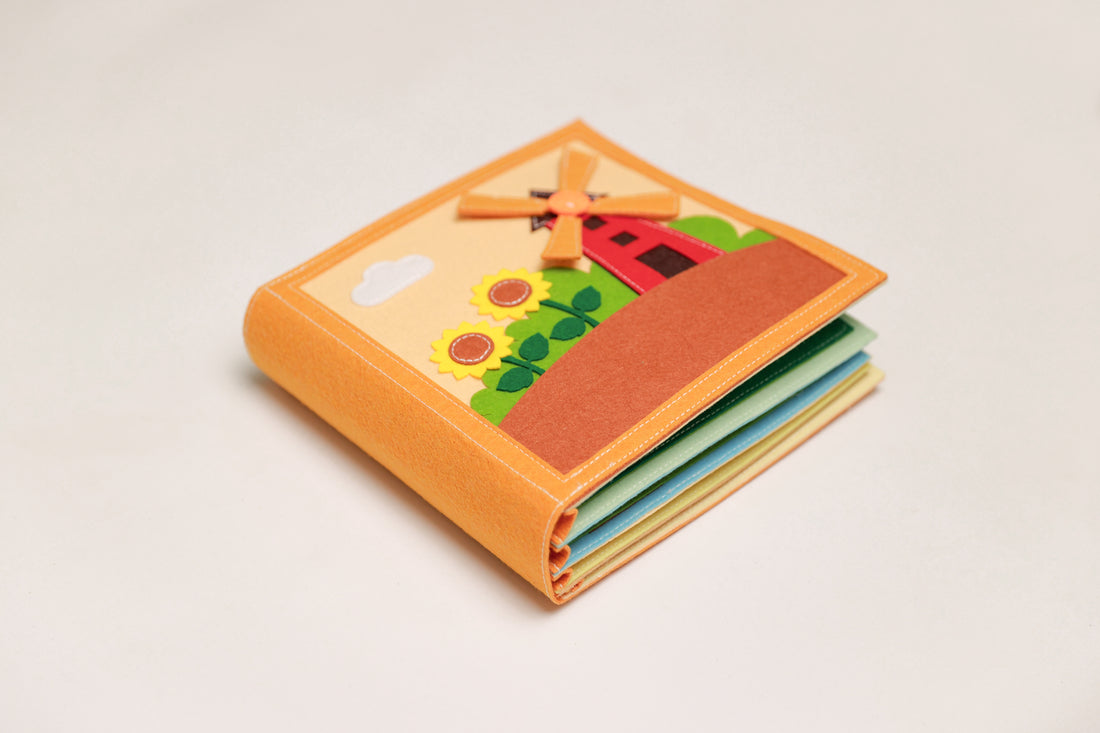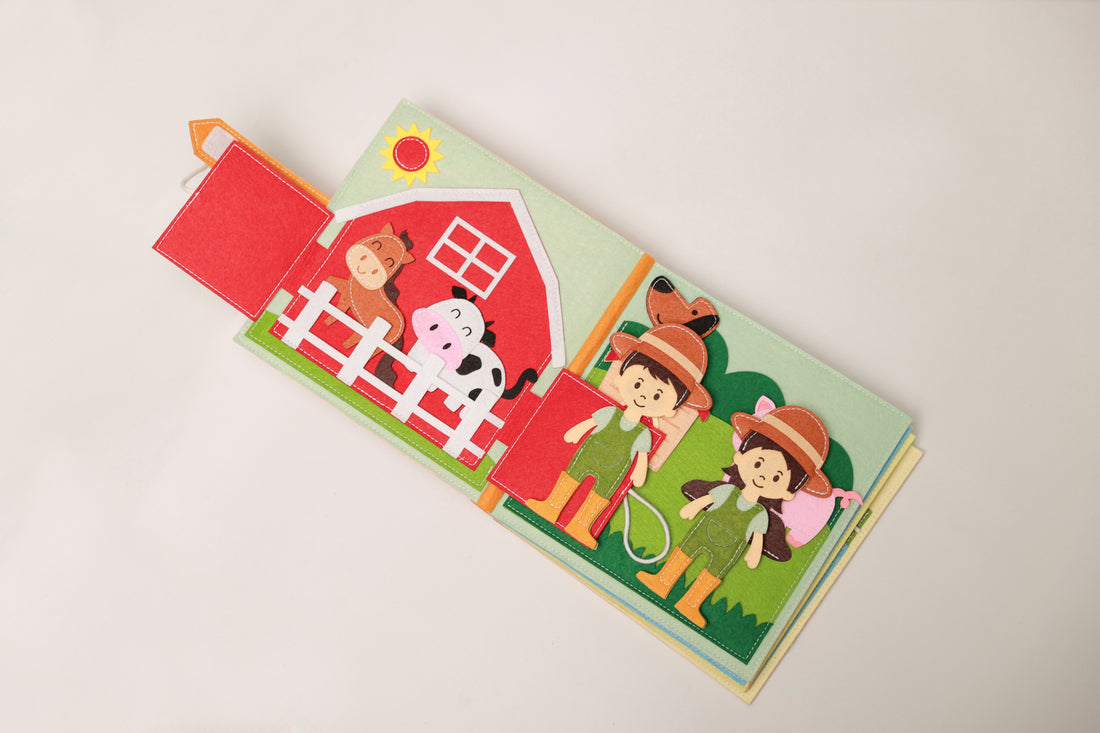You'll learn about the benefits, essential components, and even how to create your own. Let's help you choose the right busy book to keep those little hands and minds busy, engaged, and learning.
Are you ready? Let's turn the page and start this exciting journey together!
Understanding Busy Book Pages
Your child's understanding of busy book pages plays a pivotal role in their cognitive development. These pages, filled with vibrant colors, shapes, and interactive elements, stimulate your little one's curiosity, encouraging them to explore and learn. It's not just about keeping them occupied; it's about teaching them vital skills.
They're learning to recognize patterns, differentiate colors, and improve their fine motor skills. You'll notice their eyes light up as they flip through the pages, engaging with the different textures and activities. By incorporating busy books into their playtime, you're fostering a love of learning.
Benefits of Busy Book Pages
Harnessing the power of busy book pages can offer remarkable benefits for your little one's cognitive and emotional growth. They're not just a fun pastime but a powerful learning tool.
These pages can boost your child's fine motor skills as they navigate through various tactile elements. They also stimulate visual perception and cognitive thinking, as your child engages with different colors, shapes, and puzzles.
Moreover, busy book pages foster emotional skills. They help your child understand cause and effect, instilling a sense of accomplishment. They also encourage patience, as your child learns to solve problems independently.
Components of a Good Busy Book
When it comes to creating an effective busy book, there are several key components you'll need to consider. First, consider the age of the child. Tailor the content to their developmental stage to ensure it's both engaging and appropriate.
Next, think about the materials. Durability is crucial, as busy books are designed for hands-on exploration. Incorporate diverse textures and materials to stimulate tactile learning.
Additionally, variety is key. Include activities that foster different skills like fine motor, problem-solving, and sensory perception. Remember, it's not just about keeping them busy, but also promoting learning.
Lastly, make it personal. Include elements that resonate with the child, such as favorite colors or characters. This will increase their interest and engagement.
Making Your Own Busy Book
After considering the essential components of a good busy book, it's now time for you to embark on the exciting journey of creating your own. First, decide on a theme that suits your child's interest. Whether it's animals, shapes or vehicles, ensure it's engaging.
Next, gather materials. You'll need fabric, felt, buttons, and threads. Don't forget the binder rings!
Now sketch your designs on each page. Remember, diversity is key, you want a variety of activities, from buttoning to lacing. Once you're satisfied, start sewing your designs onto the fabric. Add the finishing touches, such as labels or titles.
Selecting the Right Busy Book
In choosing the right busy book for your child, you'll need to consider a few key factors.
Firstly, take into account your child's age and developmental stage. Busy books tailored for toddlers typically feature basic shapes and colors, while those for older kids might include complex activities like lacing or buttoning.
Secondly, think about your child's interests. If they love animals, opt for a busy book with animal-themed activities.
Thirdly, check the book's durability. Kids can be tough on books, so it's vital to choose one that's sturdy and can withstand heavy use.
Lastly, consider the book's educational value. A good busy book shouldn't only keep your child occupied but also stimulate their learning and creativity.
Frequently Asked Questions
What Age Group Are Busy Book Pages Most Suitable For?
You're asking about the ideal age range for a certain product. Well, it's toddlers and preschoolers, aged 1-5 years, who typically benefit most from these. They're designed to engage and stimulate young, developing minds.
Where Can I Buy High-Quality Busy Book Pages?
You're looking for top-notch products, right? Online retailers like Amazon and Etsy are great places to start. Local toy or educational stores might also stock what you're after. Don't forget to compare quality and prices!
Can Busy Book Pages Be Used for Children With Special Needs?
Absolutely, they can. You'll find these pages are designed to engage kids of all abilities. They're especially great for children with special needs as they help develop fine motor skills and cognitive abilities.
How Do I Clean and Maintain My Busy Book Pages?
To clean and maintain, you'll need to gently wipe with a damp cloth. Avoid abrasive cleaners as they can cause damage. For upkeep, store in a cool, dry place away from direct sunlight.Are There Any Digital Versions of Busy Book Pages Available?
Yes, there are digital versions available. You can download them from various online platforms. They're interactive, engaging and easy to handle. It's a great alternative, especially if you're on the go or prefer digital media.
Conclusion
So, you've explored the world of busy book pages. You've uncovered their benefits, what makes a good busy book, and even how to craft your own.
Now it's time to select the right one that suits your child's needs. Whether you're buying or DIY-ing, remember: the best busy book keeps little hands busy and young minds learning.
Take the plunge, and let the adventure begin. Whatever you choose, your child is sure to love this interactive learning tool.
